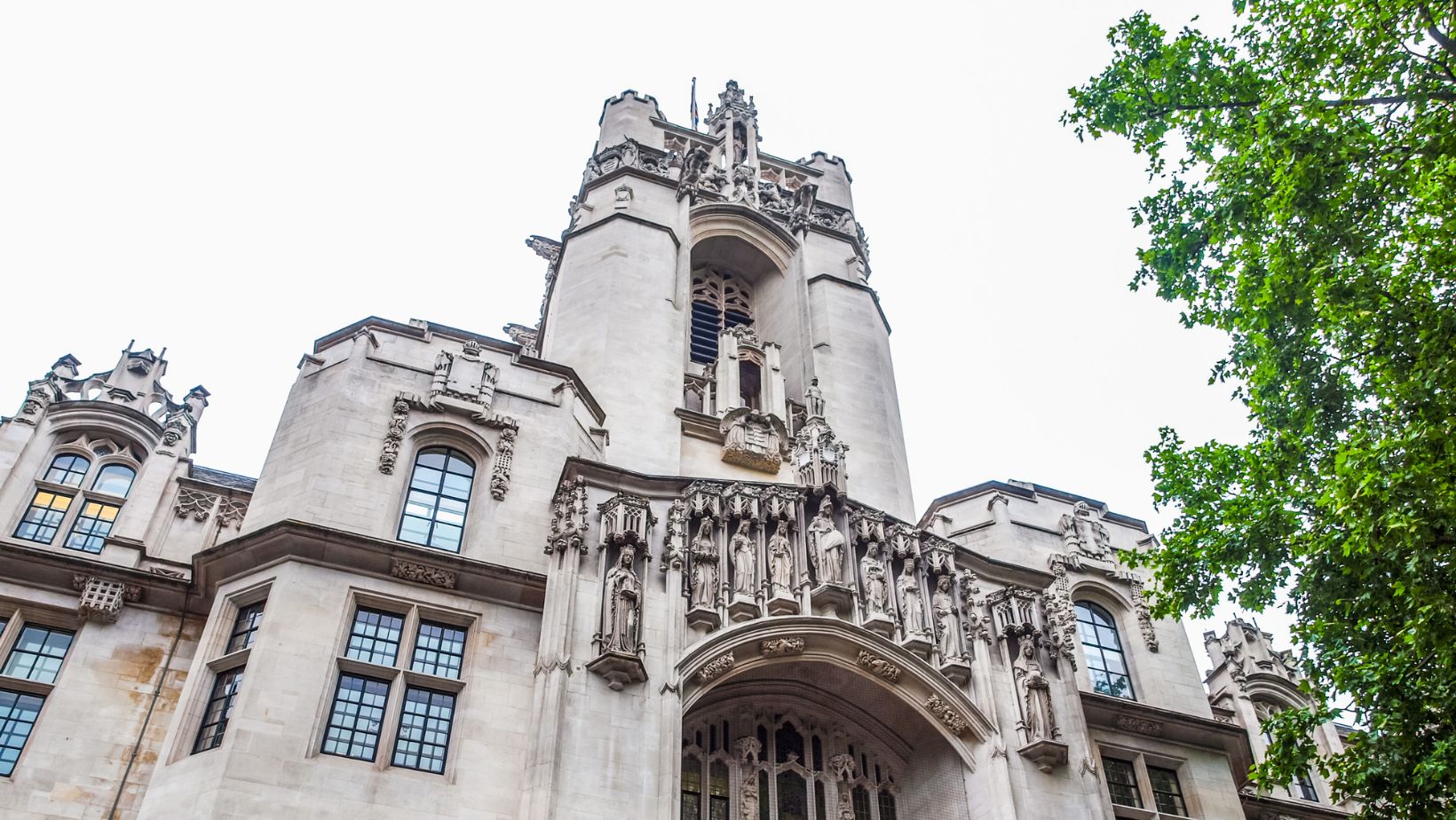The Supreme Court has finally delivered the long-awaited judgment in Standish v Standish, providing clarity on how asset transfers are to be treated in the event of a divorce. This judgment is the first major determination of matrimonial assets from the Supreme Court in almost 20 years and will shape the landscape of financial remedy cases for years to come.
Case overview and history of proceedings and decisions
The case overview and summary of these proceedings had been detailed in our previous article on the 1st May 2025 which can be read here.
This judgement concerns Anna Standish’s appeal to the Supreme Court in April 2025. Within her application Anna argued that the sum of £80 million being transferred to her by Clive Standish in 2017 became shared matrimonial property and that the Court of Appeal’s ruling that those funds were non-matrimonial was unfair and would undermine spousal rights in cases where there were asset transfers.
In its decision the Supreme Court has upheld the Court of Appeal’s judgment, determining that the monies transferred remained non-matrimonial and therefore not subject to the sharing principle.
The key legal principles in this case
Within this case the Supreme Court confirmed several critical principles, namely:
- The sharing principle shall apply only to matrimonial property: In this case the Supreme Court was clear that non-matrimonial property is not subject to the sharing principle and whilst non-matrimonial property may be relevant when assessing needs or compensation, it does not fall to be divided equally.
- Matrimonialisation of assets requires there to be shared treatment over time: A transfer of assets from one name to another will not convert non-matrimonial property into matrimonial property. The Supreme Court provided clarification that the matrimonialisation of assets will occur only where the parties have treated the assets as shared over a period of time. In this case, it had been Clive Standish’s position that the transfer of monies had been done for estate planning and to mitigate inheritance tax liabilities, with the intention that the funds be placed in trust for the children and not to share wealth between spouses.
- What is “fair” and how this is applied to the Section 25 factors: As referred to above, this judgment reinforces the separate roles of the three core principles of needs, compensation, and sharing. The Court further reaffirmed that when considering fairness under section 25 you must consider the entire context of the matter, however upholding that the sharing principle shall be confined to matrimonial assets only.
Implications Following Standish
The matter of Standish highlights the importance of specialist legal advice, both prior to and during a marriage and when estate planning.
- Asset Protection: Individuals with significant pre-marital wealth or assets which they would not wish to share in the event of a relationship breakdown should consider prenuptial or postnuptial agreements to safeguard their assets.
- Estate Planning: Coordinated efforts between estate planning professionals and family lawyers are essential to ensure that asset transfers align with the intended legal and tax outcomes. Whilst many individuals will take advice on the tax implications in the event of their death, few will obtain advice from a family lawyer on the impact of divorce.
Conclusion
The outcome in Standish v Standish has provided welcome certainty on the classification of assets in divorce. The findings of the Supreme Court make it clear that strategic planning, transparency of disclosure, and contemporaneous evidence of intentions will be of importance in high-value matrimonial proceedings when considering the issue of whether or not there has been a matrimonialisation of assets.
The above is meant to be only advice and is correct as of the time of posting. This article was written by Amy Hadley, Associate in the Family team at Pinney Talfourd LLP Solicitors. The contents of this article are for the purposes of general awareness only. They do not purport to constitute legal or professional advice. Specific legal advice should be taken on each individual matter. This article is based on the law as of July 2025.














